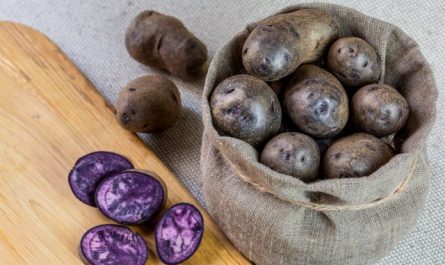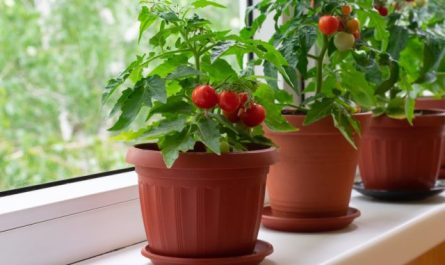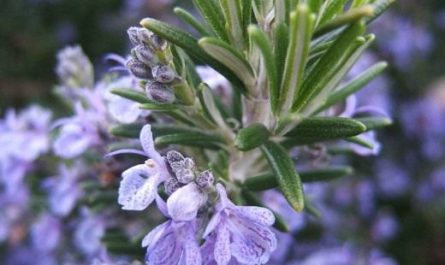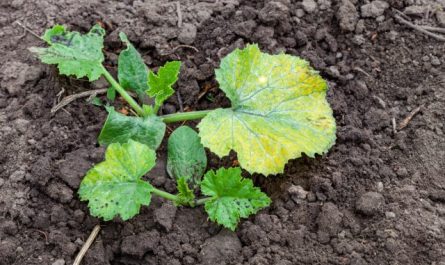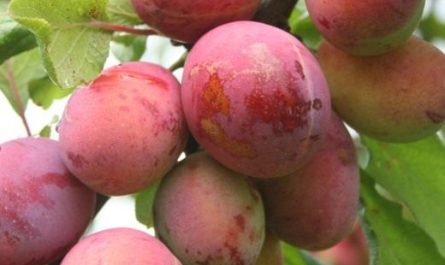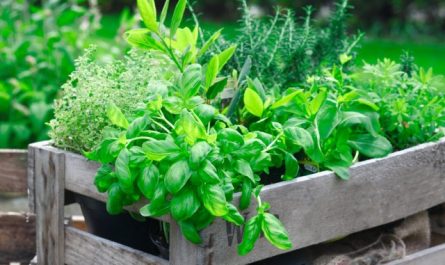Our trip to the Tuapse region for new varieties of sweet potato brought very mixed results. We bought sweet potato and a lot of other things to boot, but what we saw in the surrounding area made us think hard. The walnut trees are already bald at the end of September, and marble bugs of all ages are sitting on the nuts hanging in places. Almost all the nuts are damaged. There is no need to talk about hazelnuts, the bug has been mowing them down for several years now. There are no chestnuts either.

But the Manchurian and black walnut trees growing at the nursery owners look much healthier and the fruits on them have ripened quite normally. The article will be about the Manchurian walnut: what kind of plant it is, how it can be useful and where it is best to place it.
What kind of plant is this?
Manchurian walnut (Juglans mandshurica) is an East Asian endemic, its natural distribution area is the Russian Primorye and Amur region, Korea, China, Taiwan. As usual, the most frost-resistant forms grow in Russia.
In Komsomolsk-on-Amur, from which we moved to Kuban, Manchurian walnut grows without any problems. Although the climate is harsh. The winter minimum in my memory is -48°C, the winter is cold and long, “black frosts” are not uncommon at the beginning of winter – temperatures below -20°C in the absence of snow.
Advanced landscapers at large enterprises actively and successfully use this nut in landscape design – it is a very beautiful tree. They grow both as solitaires and in mixed plantings, and even as large multi-stemmed bushes. It is impressive in all variants.
Freestanding trees have straight, even trunks with dark-grey, wrinkled bark and a wide, rounded crown with large compound leaves consisting of 7-19 leaflets. Individual leaflets on a compound leaf can be 15 centimeters long and 5 centimeters wide. A whole compound leaf can sometimes reach a meter in length. In more southern regions, they grow even larger. With such leaves, the tree’s crown has a very exotic appearance.
An adult tree is large, can grow up to 30 meters in height, in open places it spreads out strongly in width. At the same time, thanks to a powerful root system, the tree is quite wind-resistant and is not excessively fragile.
Even for its decorative qualities alone, the Manchurian walnut deserves the widest distribution. Its crown is openwork, the huge feathery leaves are soft silvery-green from pubescence in early spring, bright green in summer, and golden-yellow in autumn. At the same time as the leaves bloom, bunches of long green catkins of male flowers and brushes of reddish female flowers appear. The nut bears fruit in brushes of 3-9 pieces and during fruiting it also looks very picturesque.

Under natural conditions, the nut tree begins to bear fruit in the 5th or even 12th year of life – this period greatly depends on the growing conditions and local form.
The selection of Manchurian walnut is still at a very early stage. But even among wild forms there is something to choose from: the fruits demonstrate quite a wide variability. There are nuts with a large kernel, there are nuts with a relatively thin shell. The shape of the nut can be either broadly ovoid or narrowly elliptical with a sharp nose, some have a deeply wrinkled shell, while others are smoother. The taste of the kernel also varies, although it is tasty in any case, the shades are different.
How can it be useful?
It is useful primarily for its nuts, especially in areas where walnuts do not grow. The Manchurian walnut kernel is smaller than that of large-fruited walnuts, and is difficult to dig out. And not just difficult, this activity requires great ingenuity. The incentive should be that the Manchurian nut is tastier than the walnut, more aromatic, has no bitterness and surpasses the walnut in the composition of useful substances.
Fresh nuts, just off the tree, are a pain to clean and extract kernels from. It is better to wait. Put the nuts where they will dry very well, and you can start by the New Year. Before drying, remove the outer shell, if it has not fallen off by itself. This should be done with gloves – the shell stains your fingers. And not only your fingers, but everything around it that it comes into contact with. Therefore, it can be used as a permanent hair dye, giving a beautiful chestnut tone.
Dried nuts in small portions should be thrown into boiling water for a few seconds, then fished out and immediately into ice water – the shell will crack itself and the kernels can be shaken out of the shells. You can heat them in the oven – they will burst.
You can make jam from unripe nuts, like from walnuts. It turns out delicious.
Nuts have other uses. When I first saw a necklace made from Manchurian walnut shells, I was amazed by the sophistication of this wood form. The play of color and texture. And then at one of the exhibitions I saw other items, very different: from earrings, pendants and rings to large vases, bowls and panels. I highly recommend everyone to look at them at least in Google images. Amazing!

Similar to the walnut, the smell of the Manchurian leaves repels many insects, so placing a swing sofa or a tea table under the walnut will be a good solution. The leaves of the Manchurian walnut can be successfully used to repel moths in the closet. Only they need to be placed in a container without a lid to avoid contact of the leaves with things.
Leaves, nut shells (pericarp) and bark have long been successfully used in folk medicine.
In spring, at the beginning of active sap flow, you can get sweetish juice from the tree, like birch. But it’s a pity. The plant’s wounds heal slowly (that’s why it is not pruned in spring), the nut will lose a lot of juice and will bear fruit less well.
The Manchurian walnut can also be useful as a rootstock for the walnut, since these species are closely related by blood, although distant territorially. The walnut on the Manchurian roots can be moved significantly north of its native range.
Well, as it turns out, the brown marmorated stink bug doesn’t eat it – either it’s too tough or it hasn’t gotten the hang of it yet. And the pathogenic fungi common in the foothills don’t affect it.
Where is the best place to place it?
As already noted, the Manchurian walnut is a large tree and is not suitable for a small plot. The crown of an adult plant will easily cover an area of two hundred square meters or more.
There is no need to plant a tree near a house, because a powerful root system, not only can damage the foundation, but also actively draws water from the lower layers. Buildings do not need this at all.
In addition, like the walnut, the Manchurian walnut has a negative effect on the fruit trees growing directly underneath it. Sooner or later, it will outlive them. It does the same with most ornamental trees and shrubs. Not the friendliest tree.
The substance juglone, contained in the nut shell and leaves, has herbicidal properties, which is how the nut survives its competitors.
If you look at the Kuban villages and stanitsas, you can clearly see that walnuts are planted either next to a fence or in a green area in front of a plot. Manchurian walnuts would also be appropriate there. At the same time, it would be good to place them so that they perform additional functions: protect from the wind, drive away insects from unpleasantly smelling places, and prevent unwanted plants from growing.

A large empty space under a tree always irritates thrifty gardeners. It can be filled with shade-tolerant biennials or spring bulbous plants. Early bulbous plants are especially good: they grow and bloom at a time when the leaves of the walnut are just unfolding, and there is enough sun for them and the composition as a whole. By the way, the leaves of the Manchurian walnut, like those of the walnut, are in no hurry to emerge in the spring. By winter, the walnut will generously insulate all the plantings with litter. Bulbous plants are tolerant of juglones, but mice are not.
The peculiarity of the foliage is that the leaves are large, the petioles are massive, the wind does not spread them easily. If they do not fly away from the tree, they will fall under the crown and lie there.
It is good to plant useful aggressors under the walnut: mint, for example, or catnip. Early greens and radishes can be grown quite well, shade-tolerant vegetable crops. Onions, beans, beets, pumpkin, cauliflower, Jerusalem artichoke are not susceptible to juglone. Garlic grows well under the walnut. Garlic is a record holder for selenium accumulation, walnut and Manchurian walnut also occupy the top lines of the rating. Maybe that’s why they are friends.
The only subtlety of growing is that the walnut does not like loosening of the root zone (crown perimeter), so it is better to grow vegetables on raised beds.

